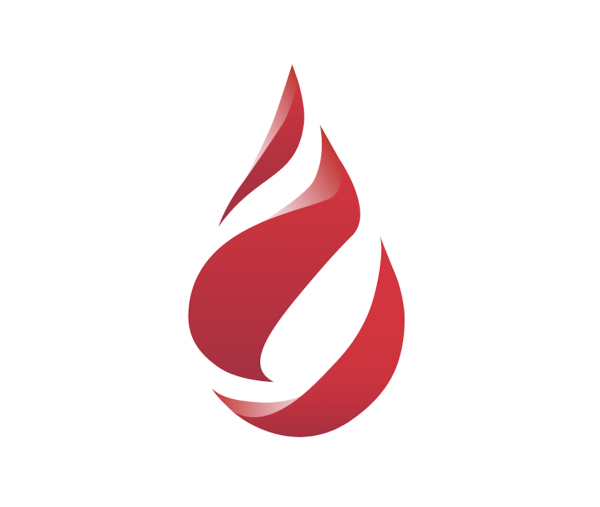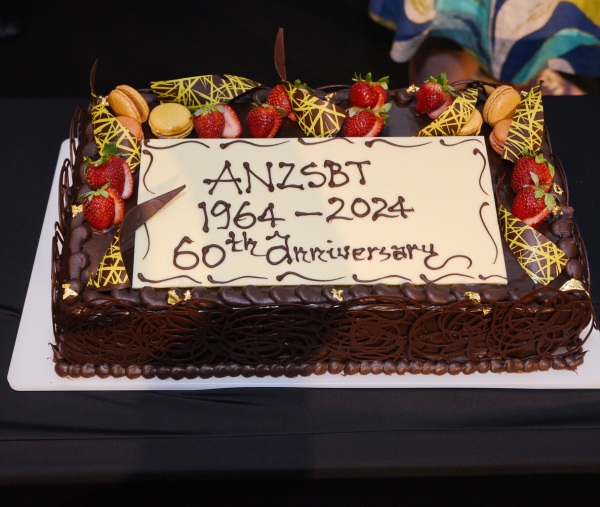Formerly the “Australasian Society of Blood Transfusion” (ASBT), the Society changed its name in late 2002 to Australian and New Zealand Society of Blood Transfusion (ANZSBT)
About ANZSBT
The Australian and New Zealand Society of Blood Transfusion comprises over 400 members from diverse scientific, medical and nursing backgrounds working within the area of blood transfusion and related fields.
The ANZSBT is affiliated with the following societies:
- Thrombosis and Haemostasis Society of Australia and New Zealand
- Haematology Society of Australia and New Zealand (HSANZ)
- British Blood Transfusion Society (BBTS)
- International Society of Blood Transfusion (ISBT)

